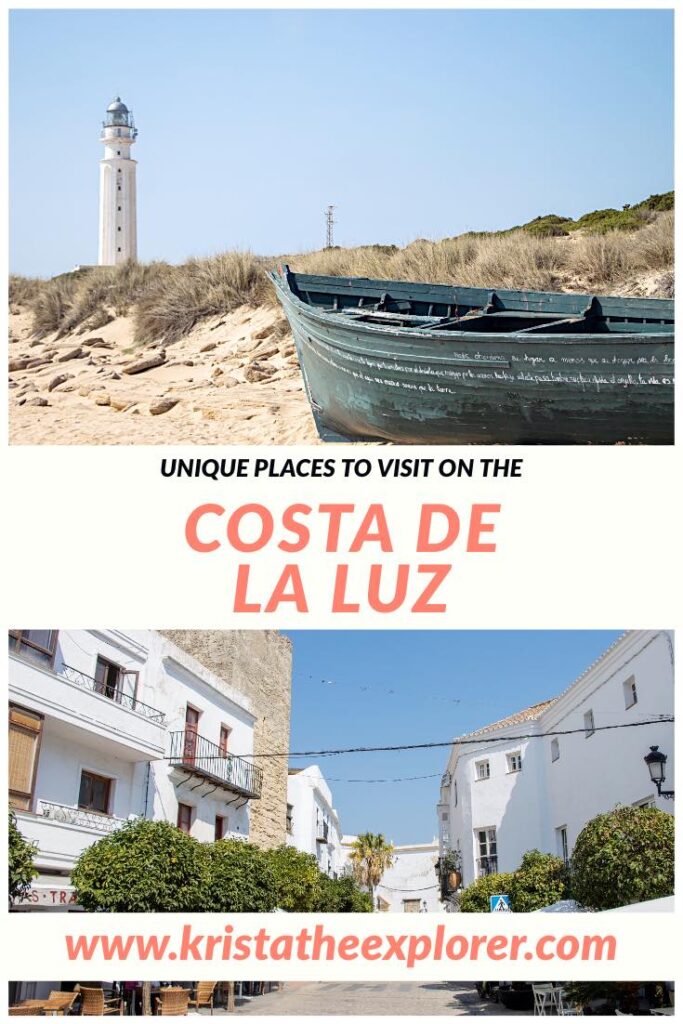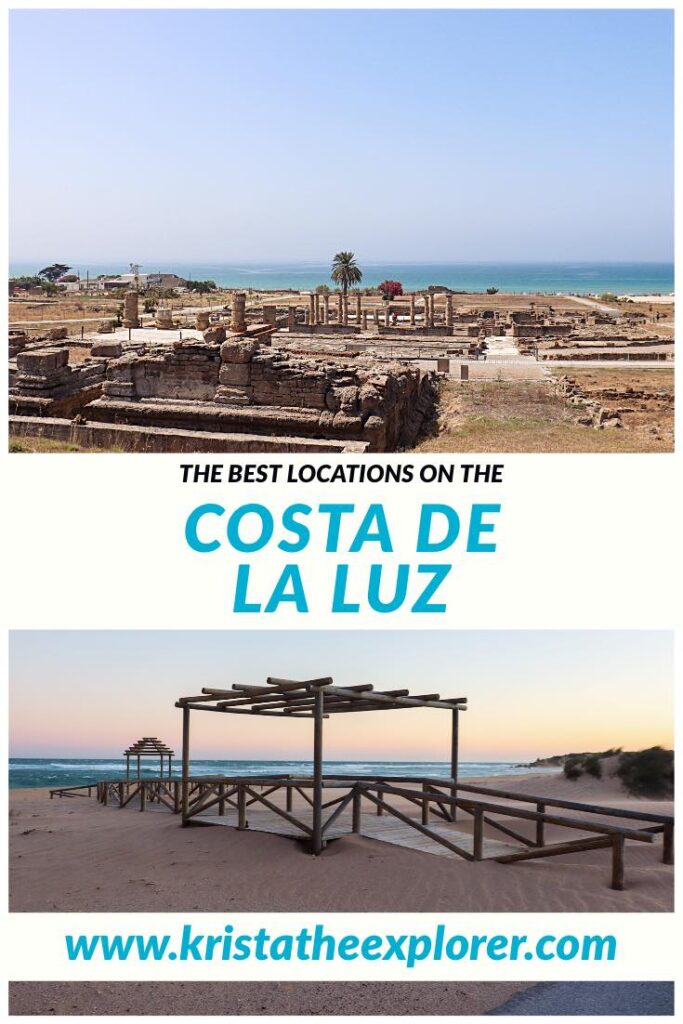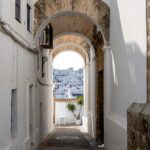The Costa de la Luz is one of the most beautiful coastlines in Spain, with its unspoiled beaches, crystal clear turquoise waters, and the odd historical landmark. This coastline has been inhabited for more than 3000 years, so you can expect to see quite a few Roman ruins and a lot of Moorish architecture in the area.
It’s not just its coastal villages and beaches that draw in the crowds though. The Costa de la Luz has many beautiful inland white villages to discover which are only a short drive from the coast. There’s no shortage of unique places to visit on the Costa de la Luz, and you’ll no doubt be spoiled for choice when you visit.
Many people fly into Malaga to stay along the Costa del Sol, but these beaches are predominantly man made and very built up. If you’re planning a road trip around Andalusia and would rather be surrounded by virgin beaches with soft, golden sand and a more chilled atmosphere, the Costa de la Luz will be perfect for you.
Situated just beyond Gibraltar, this section of the Province of Cadiz is one of my favourite parts of southern Spain to visit. It’s an ideal area during the off season in terms of temperature and lack of tourists too. Here are some unique places to visit on the Costa de la Luz that you simply can’t miss.
Places to visit on the Costa de la Luz
Tarifa
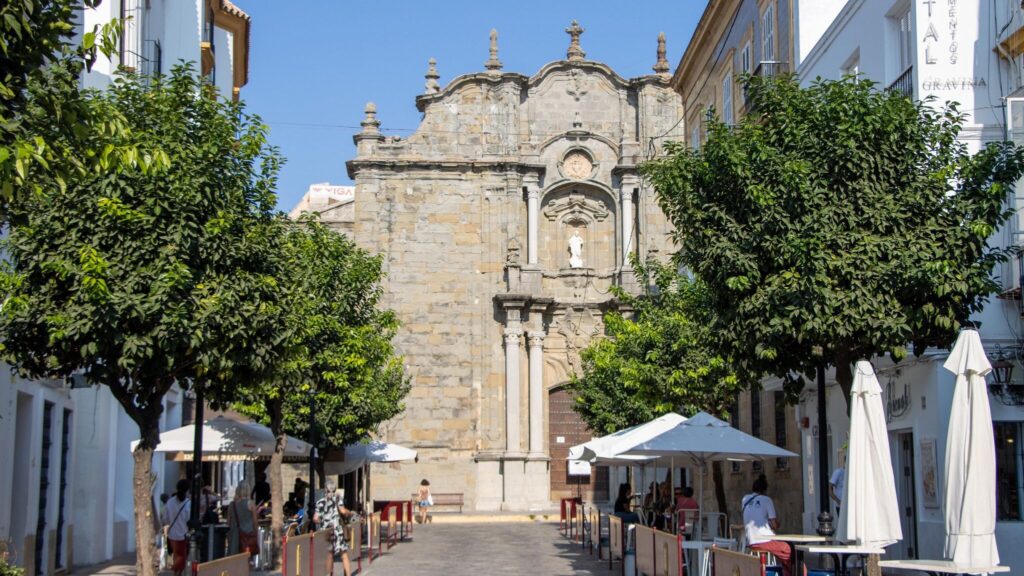
The first stop you should make if you’re driving from Malaga to the Costa de la Luz is Tarifa. This white coastal village is famous for being the kitesurfing capital of Europe thanks to its constant high winds, and it’s also the southernmost tip of Europe. Due to its close proximity to Africa, this area has been heavily influenced by the Moors, which you can still see today with its narrow streets and Arab archways.
If kitesurfing isn’t your thing, and you’re not interested in being blown away on the beaches, I’d recommend visiting Tarifa’s old town. Some of Tarifa’s main historical attractions such as Castillo de Guzman el Bueno and Iglesia de San Mateo Apostol are located here. One day in Tarifa may not be enough, but it’s certainly a very unique place to visit on the Costa de la Luz.
Vejer de la Frontera

Vejer de la Frontera is one of the most beautiful white villages in Spain, and despite its small size, it’s very popular with food lovers. Driving to Vejer is one of the best things to do on the Costa de la Luz as it’s only a short distance from the coast and can easily be visited within a few hours.
This white village was built around a medieval castle and still has strong links to its Moorish past. You can follow the 15th century castle walls around the village, passing through narrow winding streets and archways, until you finally come out at Plaza de España, which is considered to be one of the most picturesque plazas in the province. Vejer de la Frontera is one of my favourite white villages in Andalusia.
Playa de Bolonia

Out of all of the Costa de la Luz beaches, the best one to visit is Playa de Bolonia. It’s only a short drive from Tarifa, and is famous for its enormous sand dunes surrounded by pine trees. Bolonia is home to one of the top archaeological sites in southern Spain, dating back to the 2nd century – Baelo Claudia Archaeological Site. As you can tell, this is one of the most unique places to visit on the Costa de la Luz, but get here early if you want to find a parking spot during peak season.
Playa de los Alemanes

Another example of the most popular beaches in Cadiz is Playa de los Alemanes. It’s located near Zahara de los Atunes and is known for its dramatic cliffside steps leading down to the beach, its clear water, and its wartime bunker. Its name translates to the German Beach, as the area was said to have Nazi ties to it following the war.
There are no parking lots near this beach, so unless you get here very early in the morning you’re going to struggle to find a spot along the road. The wind here can also be ferocious, so make sure you check the weather at Playa de los Alemanes before driving here. It’s one of the best beaches in Cadiz to visit, and is a personal favourite of mine.
Los Caños de Meca
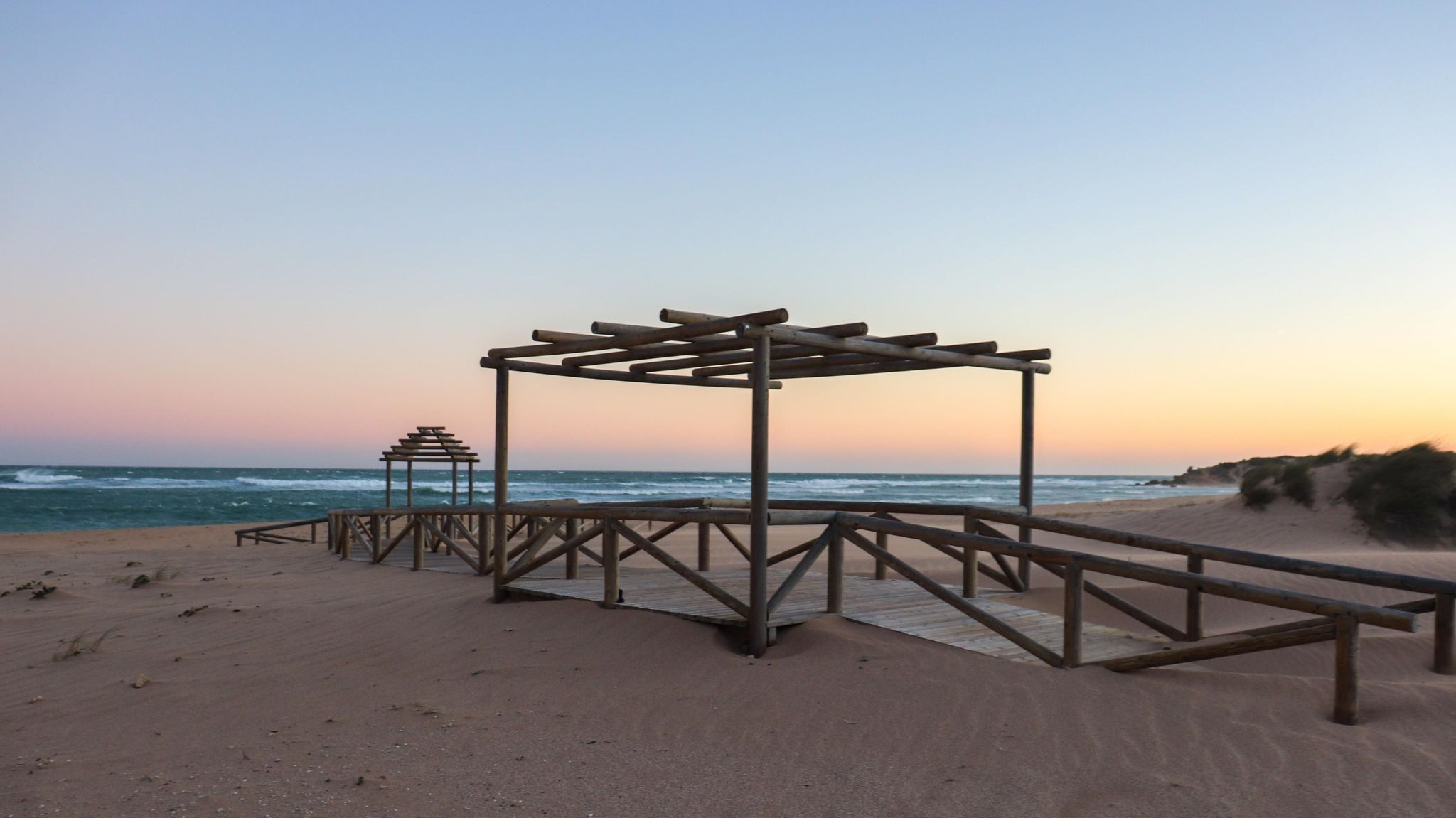
Los Caños de Meca is another popular coastal village in Cadiz to visit, and is a very unique place on the Costa de la Luz as well. There’s not much to see here in terms of historical attractions, but there are quite a few pristine beaches in this area to choose from. The weather is warm all year round so you can visit whenever you want (the water is freezing though).
I’ve visited Los Caños de Meca a few times and love its laid back vibes and quirky beach huts dotted around which are a mixture of bars, restaurants, and clothing shops. If you’re travelling around Spain in a campervan this is an ideal stop to make.
Faro de Trafalgar
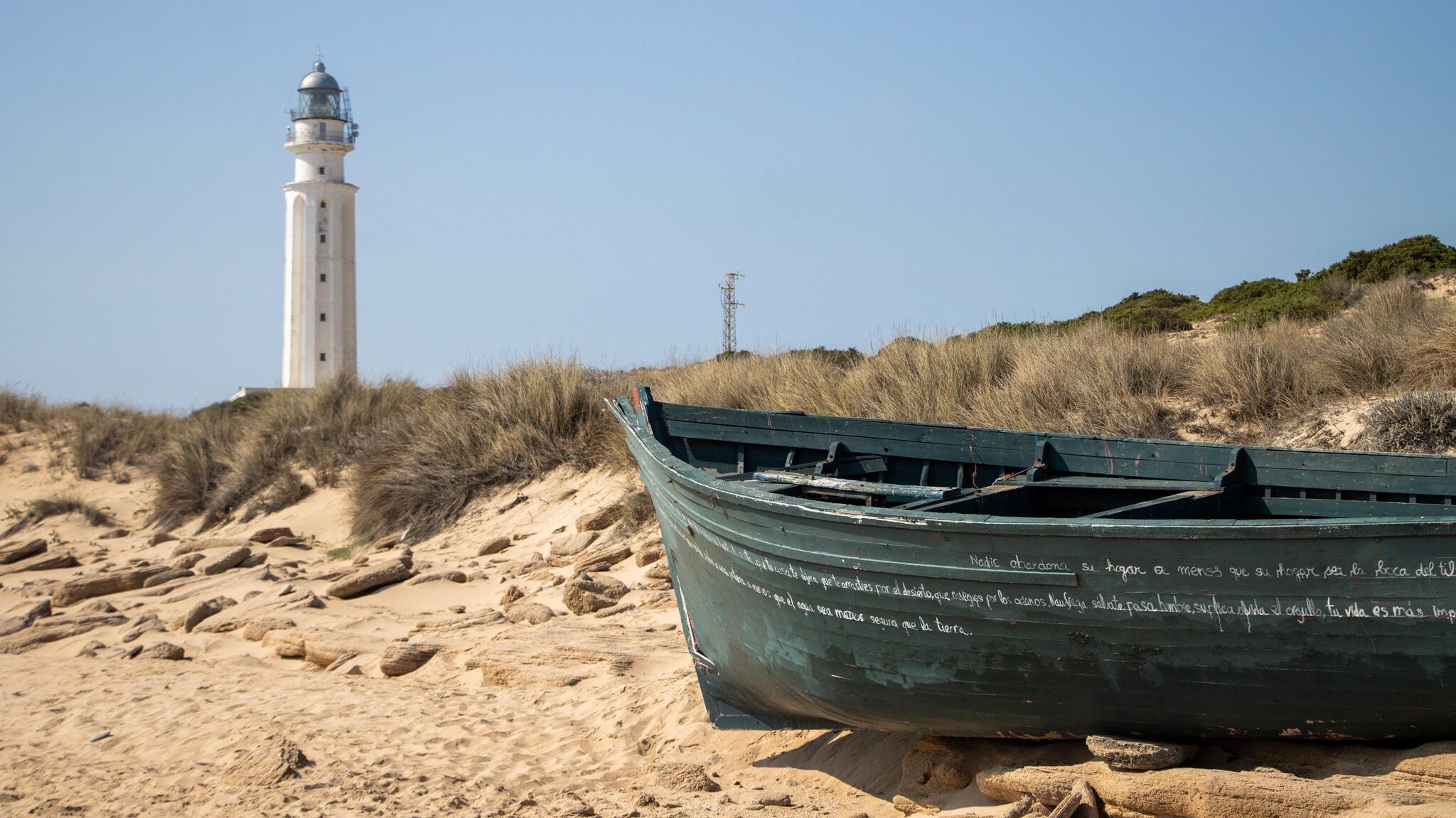
Directly next to Los Caños de Meca is the famous Faro de Trafalgar. This lighthouse is one of the key landmarks along the Costa de la Luz, and was the site of the Battle of Trafalgar in 1805 when the British became the world’s largest sea power for the next century.
When you arrive you’ll find a road leading directly through the sand dunes up to the lighthouse which is for pedestrians only. If you continue past the lighthouse you’ll find yourself at Playa del Faro de Trafalgar, another unspoiled virgin beach. It’s one of the most unique places on the Costa de la Luz to visit, especially if you enjoy history. From Faro de Trafalgar, you’re only a short drive from Conil de la Frontera, a well known white village in Cadiz.
Cadiz
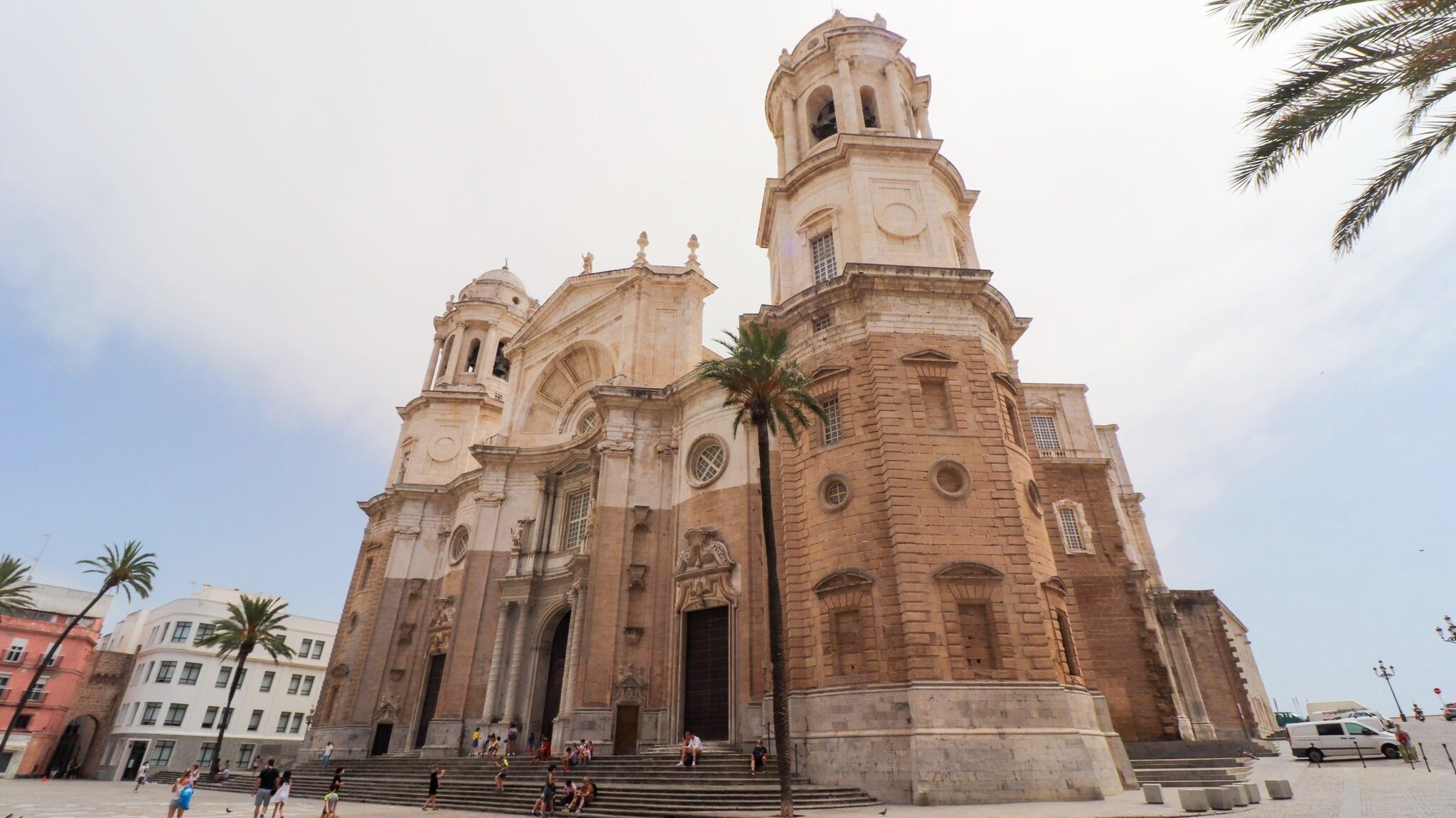
You can’t drive along the Costa de la Luz without stopping in the city of Cadiz itself. There are plenty of things to do here, whether you’re spending one day in Cadiz or only have a few hours to spare. It’s considered to be one of the oldest inhabited cities in all of Europe, so it has an immense amount of history to explore.
One of the most visited places in Cadiz is El Malecon which has been duplicated in Cuba so you may recognize it. The Catedral de Cadiz and Torre Tavira are also two attractions in Cadiz that you won’t want to miss. Cadiz is one of my favourite cities in southern Spain and definitely needs to be at the top of your list.
El Puerto de Santa Maria
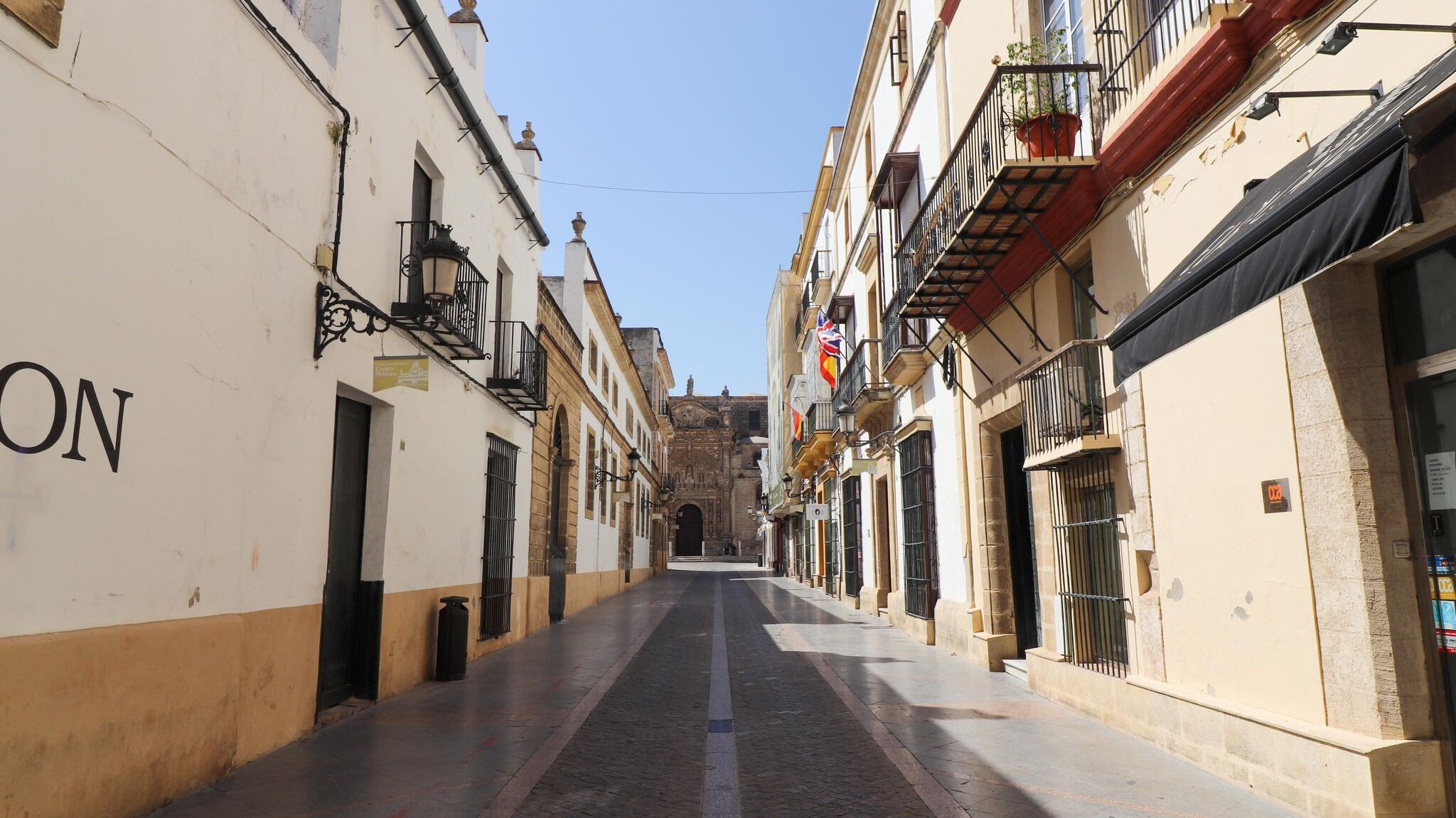
Heading north along the Costa de la Luz, the next coastal city that you’ll come across is El Puerto de Santa Maria. This is one of the best day trips from Cadiz because not only does it have beautiful beaches and a stunning old town to explore, but it’s also the port from which Christopher Columbus set sail with his ship: the Santa Maria.
El Puerto de Santa Maria is one of three cities that make up the famous Sherry Triangle. If you’re interested in wine as well as history, I’d recommend visiting Castillo de San Marcos which also doubles as a winery. El Puerto is one of the most unique places on the Costa de la Luz to visit, and is a nice change of scenery from the busier areas of the coast.
Sanlucar de Barrameda

A less popular, but still interesting, place to visit on the Costa de la Luz is Sanlucar de Barrameda. One of the best things to do in Sanlucar de Barrameda is to go on a tour of Bodegas Barbadillo which is famous for making manzilla – a white sherry. The town also has a 15th century castle to explore, plenty of historical churches, and a main plaza that’s surrounded by cafes and restaurants.
If you’re interested in wildlife, the Doñana Natural Park has a number of rare bird species in it and is a popular area to visit by car. Overall, Sanlucar is a great white village near Cadiz to visit.
Sherry Triangle. There are many more unique places on the Costa de la Luz to visit, and I can’t wait to get back to this part of southern Spain and explore it more. Whether you’re on the hunt for the best beaches near Cadiz or want to explore the history of the Costa de la Luz, you’ll have a lot of options.
Are you thinking of heading to this part of Andalusia? If you have any concerns or questions, I’d be happy to help. Please drop me an email or leave me a comment below and I’ll get back to you as soon as possible. You can also keep up to date with my travels on Instagram.
This post may contain affiliate links, which means I may earn a commission from the discount codes used or when a link/ad is clicked. All purchases made will come at no extra cost to you, and I only include products and services that I would personally recommend.
Pin this blog post for later!
